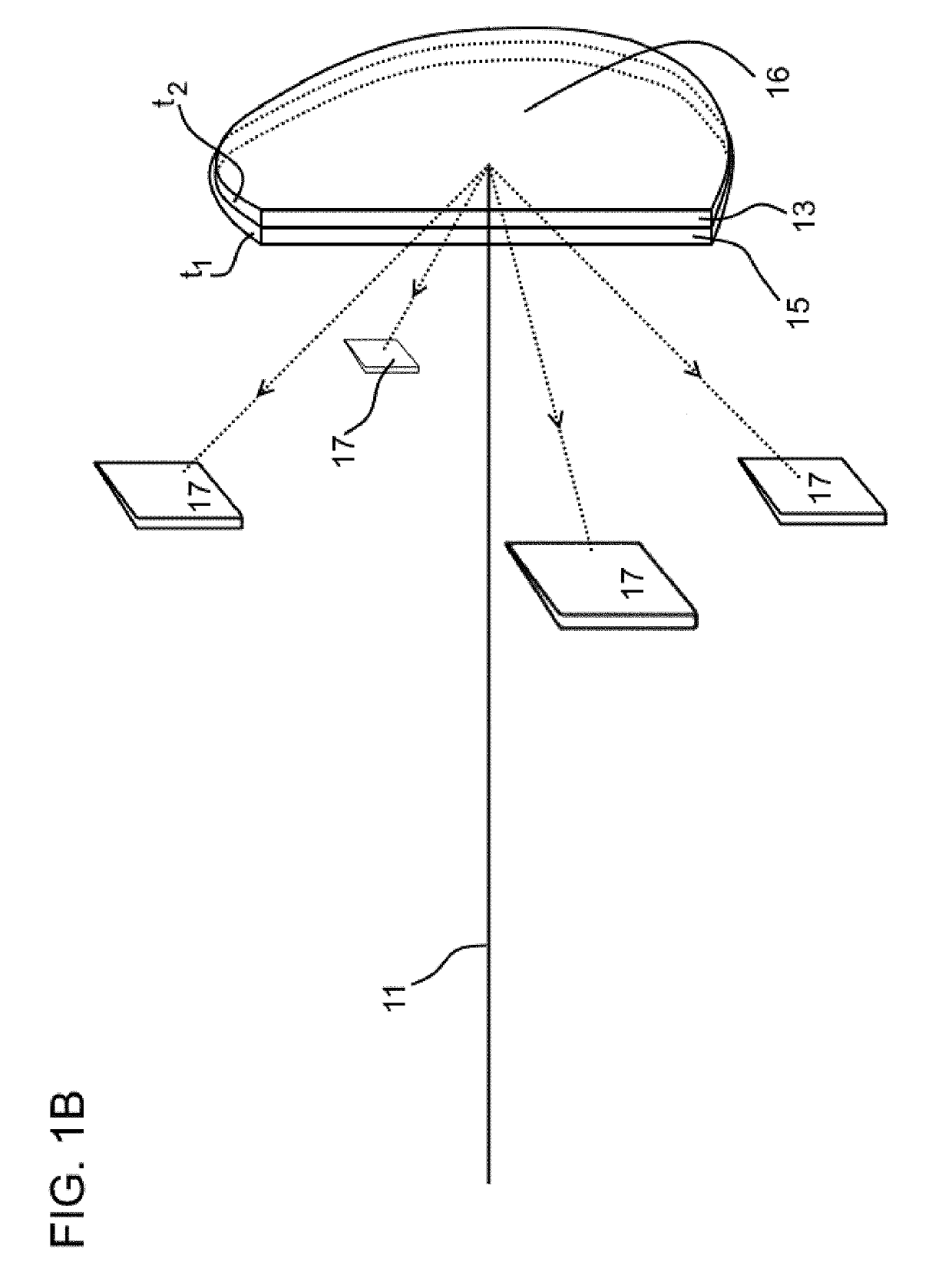Bi-metal foil for a beam intensity/position monitor, method for determining mass absorption coefficients
a beam intensity/position monitor and bi-metal foil technology, applied in the direction of optical radiation measurement, instruments, photomechanical equipment, etc., can solve the problems of inability to meet all cross-section requirements through printed tables, unstable electronic structure of atoms, and time-consuming manual switching of foils
- Summary
- Abstract
- Description
- Claims
- Application Information
AI Technical Summary
Benefits of technology
Problems solved by technology
Method used
Image
Examples
example
[0079]All measurements were conducted at the Structural Biology Center, bending beamline, 19BM, at the Advanced Photon Source at Argonne Laboratory, Lemont, Ill. Turning to FIG. 1A, the 19BM optics include a Si(111) double-crystal monochromator, a water cooled first crystal with liquid gallium interface, sagittal focusing second crystal web: 25 mm×75 mm×0.58 mm (width×length×thickness), and vertical focusing ultra low expansion glass mirror with Pd, Pt and glass lanes.
[0080]Downstream of the mirror is the first beam position monitor, BPM-1, which containing the above-described Ti—Ni bi-metal foil. A pneumatic plunger allows the foil holder to move completely out of the beam path. A second beam position monitor, BPM-2, is a fixed (non-movable) foil position containing a nominal 0.5 μm-Cr foil made by Arizona Carbon Foil Co. (2239-T E. Kleindale Rd, Tucson Ariz. 85719, USA). Separation distance between BPM-1 and BPM-2 is 1.6 m. All photodiodes are operated in the unbiased, photovoltai...
PUM
| Property | Measurement | Unit |
|---|---|---|
| energy | aaaaa | aaaaa |
| thickness | aaaaa | aaaaa |
| energy absorption | aaaaa | aaaaa |
Abstract
Description
Claims
Application Information
 Login to View More
Login to View More - R&D
- Intellectual Property
- Life Sciences
- Materials
- Tech Scout
- Unparalleled Data Quality
- Higher Quality Content
- 60% Fewer Hallucinations
Browse by: Latest US Patents, China's latest patents, Technical Efficacy Thesaurus, Application Domain, Technology Topic, Popular Technical Reports.
© 2025 PatSnap. All rights reserved.Legal|Privacy policy|Modern Slavery Act Transparency Statement|Sitemap|About US| Contact US: help@patsnap.com



